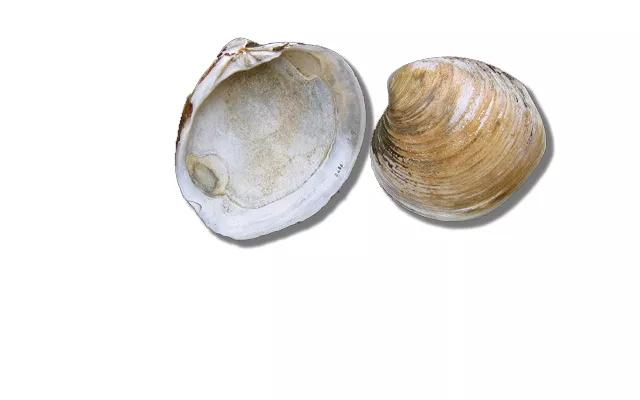Clam lived to be over 500 years old
An ocean quahog clam dredged off the Icelandic coast was the oldest individual (non-colonial) animal ever discovered whose age could be precisely determined.
This makes the otherwise unassuming Arctica islandica clam the longest lived animal species on record, though some corals are probably much older. The clam was initially named Ming by Sunday Times journalists, in reference to the Ming dynasty, during which it was born.
Researchers from Bangor University in North Wales – unaware of the animal’s impressive age – determined the age by drilling through and counting rings on its shell (a technique known as sclerochronology). In the process the clam died.
The researchers are uncertain how long the clam may have lived on had it been left to mind its own business on the ocean floor.
Dynamic Energy Models (DEM) predict that Arctica islandica's extreme longevity arises from a lowered somatic maintenance costs and a low aging acceleration. For individuals in populations in cold areas the growth rate is probably further slowed because growth only occurs in summer. They grow to sizes exceeding 50 mm or two inches shell height.
This species lives subtidally, and can only be collected by dredging. Like other clam species, Arctica islandica is a filter feeder. Feeding activity appears regulated by light levels, which can be used as a proxy for food availability. This means that at the northern extreme of the distribution, feeding is concentrated during eight months of the year, while during the rest of the year the clams only feed for a few days a month.
- Log in to post comments




























